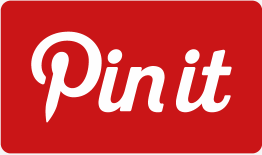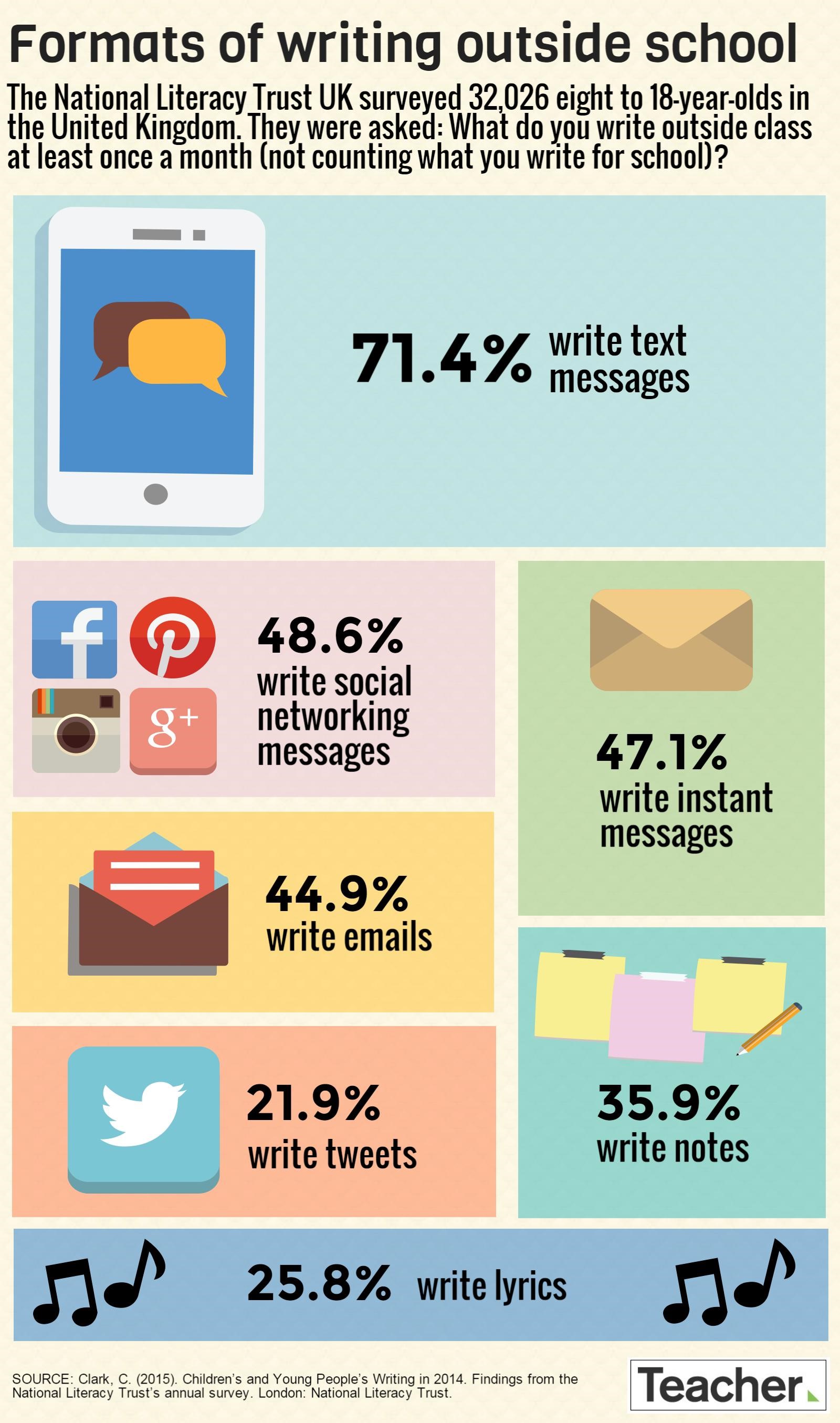A large part of the reason we create is to share our ideas and to connect with others. Think of a play performed on stage, a novel in a bookstore, artwork displayed in a museum, or a song on the radio — these are all examples of works that were created with the intention of being shared with an audience.
In today’s ultra-connected world this act of sharing goes beyond the presentation and consumption of information, to a more collaborative interaction between creator and consumer. Social networks are prime evidence of a common desire to interact and engage with an audience. While the creator presents the original information, the audience can also have an influence by responding and building upon that information. Creating new information, especially in the Digital Age, is not just a presentation but a conversation.
Did you ever have a pen pal as a kid? If so, you might remember the excitement of conversing with another person your age who was from a different school or even a different part of the world, sharing your experiences and seeing things from a new perspective. You might have been thrilled by the opinions and experiences you shared (You both have a dog! Your favorite color is green too!), but also intrigued by experiences that were different from yours (At your friend’s school recess is twice as long!). Online platforms allow us to make the same kinds of exciting connections. These tools go beyond a simple back-and-forth interaction, allowing us to share and respond in more ways and with more people than ever before, and creating a perpetual exchange of information and ideas.



Each of us has a distinct perspective and voice based on unique backgrounds and experiences, ideas and interests. Creating information, however, is not necessarily a solo endeavor. In fact, the strongest works are often built upon the ideas of others, and presented along with the individual’s unique insight. Consider the ways that you are already creating information in social settings online, both individually and collaboratively, as illustrated by the following Infographic from Teacher Magazine. The same kinds of exciting collaborations can be applied to the work you create in academic and professional settings.

Meloney, Danielle. (2015) Infographic: Formats of writing outside school. Retrieved from https://www.teachermagazine.com